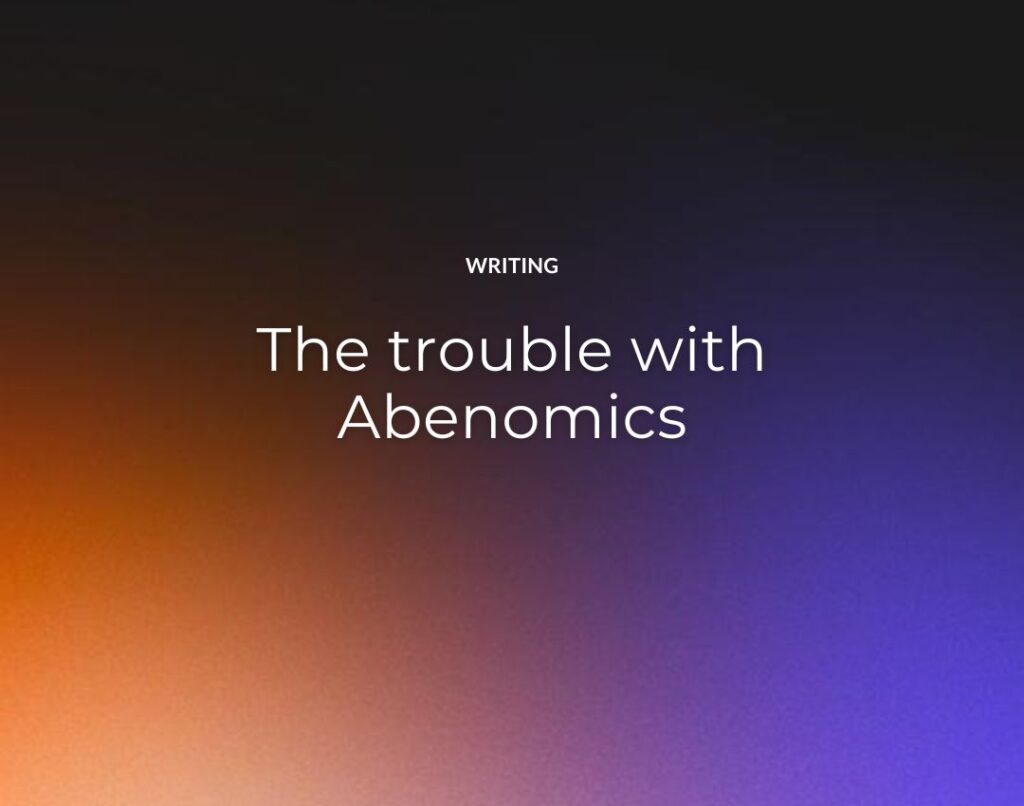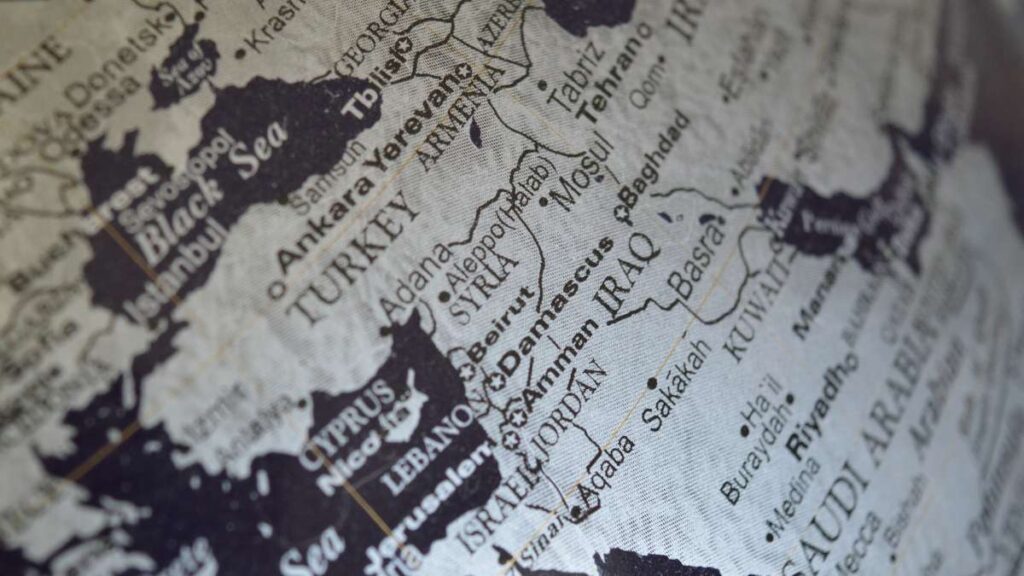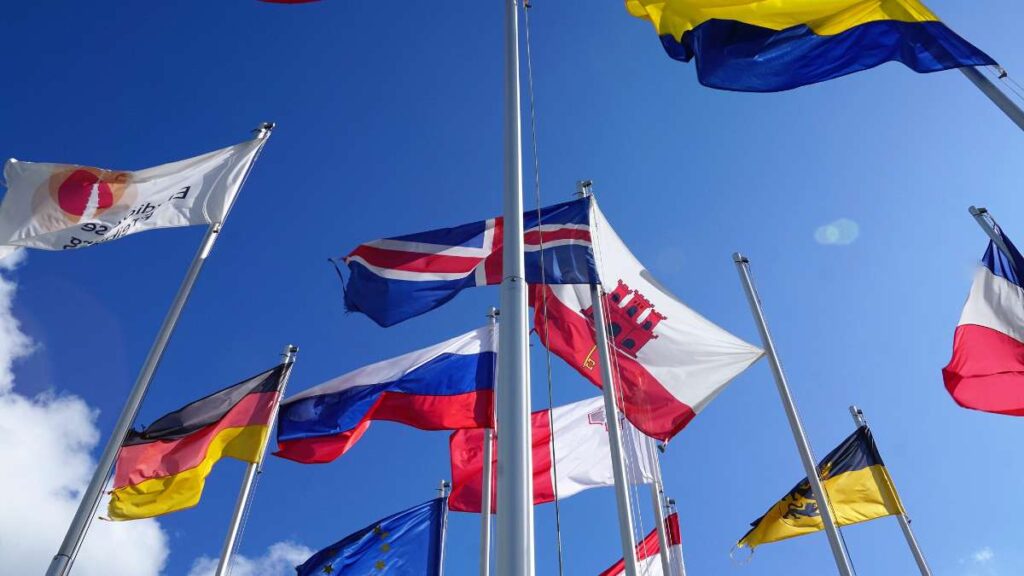By Geoffrey Cain
PRI’s The World
Aug 22, 2014
SEOUL, South Korea — For more than a year, the world has watched the bold economic experiment known as Abenomics, once exalted as the saving grace for two decades of economic torpor in Japan.
An elderly workforce, rigid economy, soaring national debt, and youth unemployment are just a few of the obstacles that have held back this once-mighty island nation, which is still the third largest economy in the world. It’s a marked fall from the golden era in the 1980s, the glory days of the Sony Walkman, Nintendo and sushi’s global debut.
Last week, Japan reported a GDP contraction of 6.8 percent in the second quarter, the biggest economic plunge since the 2011 Fukushima tsunami and nuclear meltdown.
In this nation of steep prices, consumers had responded to a hefty sales tax hike from 5 percent to 8 percent by cutting back on spending. Everybody saw this coming, following a similar hike in the late 1990s, and the effects will likely be temporary. Still, the plunge was deep, with the average Japanese household already drowning in high taxes, the burdensome costs of rearing children, and later-life care for a huge cohort of grandfathers and grandmothers unable to care for themselves.
Is it time to write off Abenomics as a temporary sugar high, rather than the tough and sustained workout regimen once promised?
Not necessarily. Abe is plotting a grander course than simply a Nintendo Generation revival.
Drawing on a centuries-old Japanese proverb about an archer’s “three arrows” — one arrow can easily be snapped, but three bound together cannot — the pragmatist and right-wing Prime Minister Shinzo Abe put forward a three-pronged strategy in 2013 that included financial and monetary stimulus, along with deep structural reforms in the economy.
The first two arrows were applauded as, at minimum, a temporary success. The sleepy stock market was jolted awake, and consumer spending went on the ascent.
But for all the hype, future success could depend on the increasingly elusive “third arrow” — the structural reforms like immigration and improving women’s workplace standing.
That’s unnerving Japan watchers once seduced by Abe’s grand vision.
After a year of confusion over when and how the third arrow would come into force, this summer the government approved a line of attack that includes a lower corporate tax rate, opening more daycares for busy female workers, and a restart to nuclear power plants shut down after the Fukushima disaster.
Sounds straightforward, doesn’t it? Actually, onlookers quickly slung their frustration at an administration accused of treading too lightly. They argued that Abenomics was treating deep-rooted structural problems — such as the rigid laws faced by migrant laborers in a homogenous nation, and the lack of workplace rights for women — with a quick and nifty back-rub.
Analysts say the lack of oomph in the third arrow came down to politics, with resistance coming from Japanese corporations, labor unions, and even farmers. In other words, Abe faced a tough fight from his very own supporters.
“The third arrow has disappointed to date, as it apparently touches on too many of Japan’s own third rails,” said Sean King, senior vice president for Park Strategies, a consulting firm in New York.
“For example, whatever Abe’s true feelings, Japan at large hasn’t yet shown it’s serious about key structural reforms like immigration and freer trade,” he said. “Without said reforms, Japan will keep losing competitive ground to other Asian markets and Abenomics may prove to have been a false dawn.”
Considering the extent to which Abe’s other ambitions rest on the success of a bustling, invigorated economy, the deeper, ongoing structural malaise could pull the rug from underneath other parts of Abe’s plan. Economic restructuring aside, there’s been talk of raising a standing army — which is banned under Japan’s peacetime constitution that was written with the help of American advisers after World War II.
Politically and economically speaking, erasing part of the text of Japan’s constitution to build a military can be a difficult and even perilous endeavor, requiring a national referendum. Defense is an expensive business, which adds yet another risk to Japan’s debt load, the heaviest in the world.
But tensions in Asia continue to simmer, and Tokyo needs the muscle to resist an increasingly pugnacious and defiant China. Late last year Beijing provocatively declared an “air defense zone” over the disputed Senkaku Islands, known in Chinese as the Diaoyu, a move that prompted John Kerry to deliver a warning to Chinese officials in February.
But understandably, there hasn’t been a whole lot of progress on the defense front. The Abe administration now says the changes will be instituted by 2020. But when Tokyo rings in the new decade, how many Japanese lawmakers will even remember that promise — like the rest of Abe’s directives?
The article was originally published in PRI’s The World
See Also:





